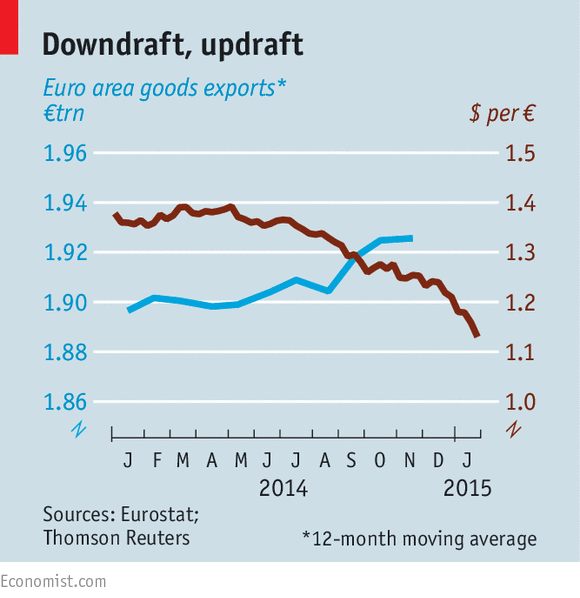Demand for hedging dollar debt picks up as yuan volatility increases
Post on: 20 Май, 2015 No Comment

Analysis & Opinion
HONG KONG Jan 19 (Reuters) — Chinese companies that have borrowed heavily in dollars face sharply higher currency hedging costs at a time when the yuan’s rising volatility means they need to hedge more.
The yuan unexpectedly weakened 2.4 percent against the dollar in 2014, its first significant loss since the landmark revaluation in 2005. That left many companies with US dollar debt or payables — or both — carrying losses.
The People’s Bank of China’s (PBOC) decision last March to double the yuan’s trading band to 2 percent each way, plus likely downward pressure on the currency from an expected rise in US rates, suggests the yuan’s newfound volatility will continue, bankers say.
Consequently, some companies are trying to reduce their foreign exchange risk by borrowing in yuan instead of dollars or by using derivatives to lock in stable funding costs on dollar debt.
Our clients are becoming more cautious about a currency mismatch and some have started to change part of their dollar debt to yuan using financial instruments, said Ginger Cheng, head of large Hong Kong & China corporates at DBS in Hong Kong.
For example, a Chinese company that took a five-year dollar loan last year could lock in its cost by buying cross currency swaps, effectively turning the loan into a yuan loan for the remaining four years, Cheng said.
OFFSHORE LOANS CHEAPER
Chinese firms, especially property ones, have borrowed heavily via U.S. dollar bonds and loans in offshore markets, as it was much cheaper than borrowing yuan in the mainland.
Offshore, a Chinese company with good fundamentals can get a three-year dollar loan with an interest rate of less than 3 percent. But in the onshore market, it may need to pay 6-7 percent for a yuan loan.
When the yuan was a one-way bet and steadily appreciating, it made sense to take dollar loans. But with the Chinese currency more volatile, things are more complicated.
We are very sensitive to FX volatility and the impact is quite big recently, as our main capital expenditure is buying planes, which is settled by dollars, a Chinese airline executive in Shanghai said.
Bankers say that in addition to hedging, some Chinese companies that use letters of credit (L/Cs) from mainland banks as support for getting offshore dollar loans are now taking more yuan ones.
RISING HEDGING COSTS
With the yuan almost touching the limit of its daily trading band in late December and a wide interest rate differential between China and the U.S. hedging has gotten expensive.

It may be too expensive for some companies to hedge or fully hedge, bankers said.
Offshore market players use products such as deliverable forwards and cross currency swaps to hedge risk. The use of non-deliverable forwards (NDFs), popular among foreign investors before a deliverable forward market became available in Hong Kong in 2010, is fading.
For NDFs, the wider daily trading band and more deviation of spot yuan against the midpoint used to settle contracts means that basis risk — the risk that prices of offsetting hedging investments don’t change entirely in opposite directions — is mounting.
The one-year forward contract has been hovering at record highs around 1,900 points, implying a hedging cost of about 3 percent, traders said.
The cost is really high now and some of our clients are taking a wait-and-see approach as they doubt the yuan will depreciate as much as 3 percent this year, said a treasury sales manager at a Chinese bank in Hong Kong.
Analysts are divided on the yuan’s outlook. Some bullish forecasters expect the redback to rise to below 6 per dollar, while others seeing it falling to 6.40 by the end of 2015.
(Additional reporting by Shanghai newsroom and Saikat Chatterjee; Editing by Nachum Kaplan and Richard Borsuk)














